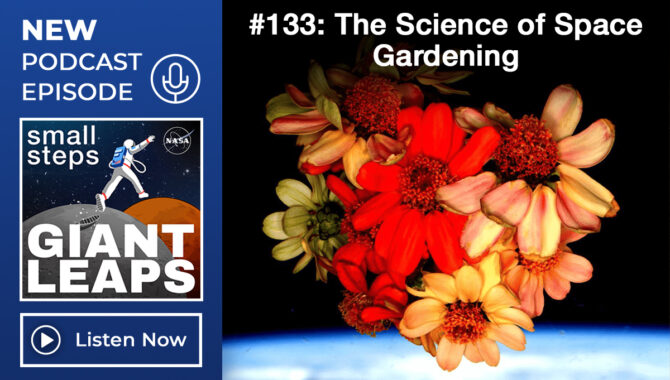
Growing vegetables in orbit? We’re doing that. Learn about food crop production in space and potential spinoff benefits for people on Earth.

Growing vegetables in orbit? We’re doing that. Learn about food crop production in space and potential spinoff benefits for people on Earth.
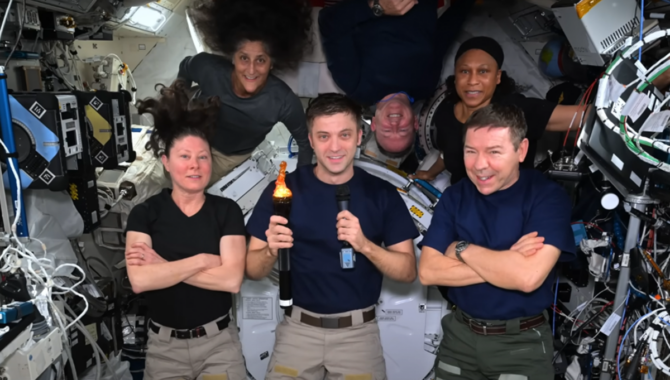
NASA’s astronauts are getting into the Olympic spirit. Check out their training montage from space, followed by a message to Earth from astronaut Matt Dominick.
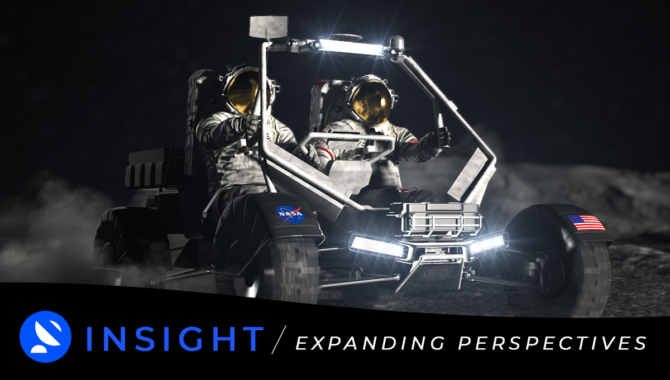
Don’t miss the latest issue of INSIGHT, APPEL Knowledge Services’ online publication featuring our new podcast episodes, columns, articles, lessons learned and more. We invite you to read it today on our website.
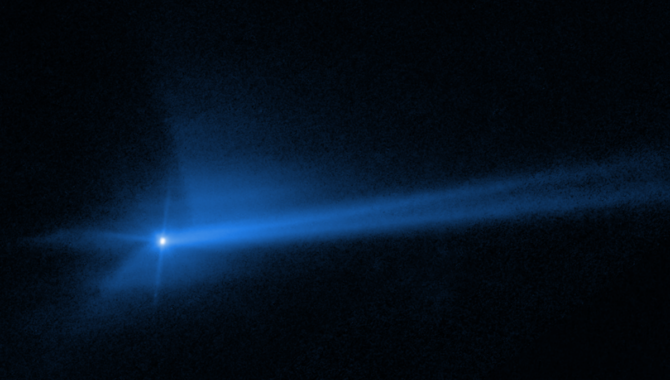
Representatives from NASA, FEMA, federal agencies and international partners discuss real challenges posed by hypothetical scenario.
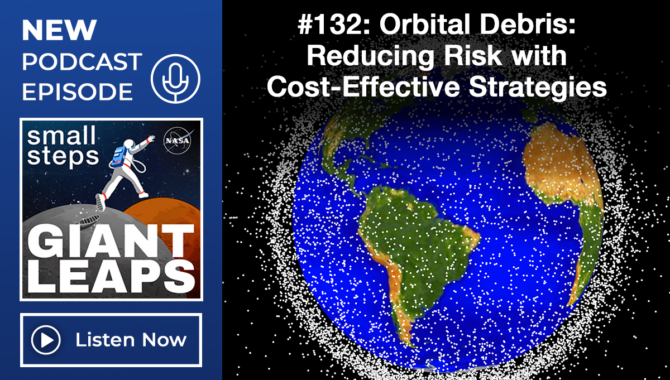
A new NASA report titled Cost and Benefit Analysis of Mitigating, Tracking, and Remediating Orbital Debris compares the cost-effectiveness of several strategies that could reduce the risk of collisions between spacecraft, including the space station, and orbital debris.
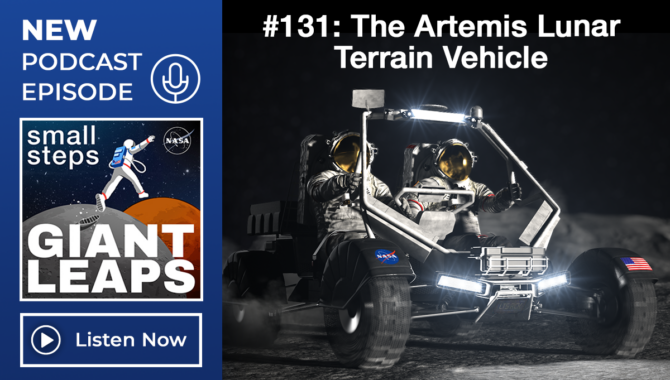
The Artemis Lunar Terrain Vehicle (LTV) will help astronauts explore the surface of the Moon like never before. Applying lessons learned from Apollo could help future surface missions to the Moon – and Mars.
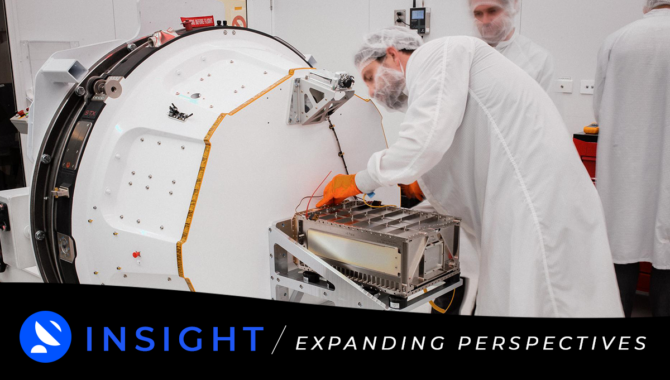
Don’t miss the latest issue of INSIGHT, APPEL Knowledge Services’ online publication featuring our new podcast episodes, columns, articles, lessons learned and more. We invite you to read it today on our website.
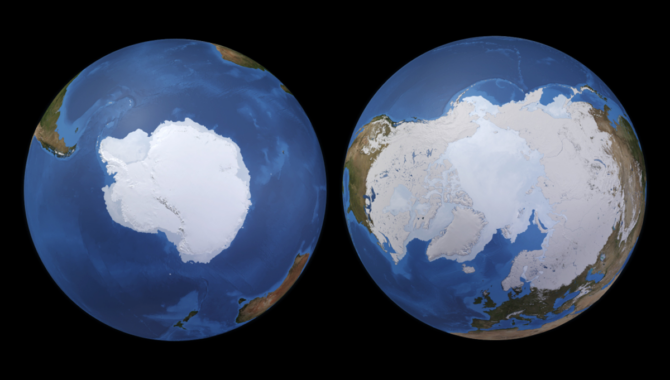
PREFIRE will examine heat loss from the rapidly changing regions and gather data to improve weather models.
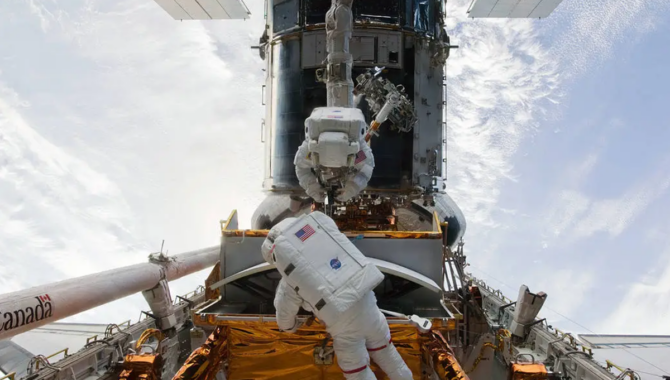
The crew of STS-125 make repairs and upgrades to the revolutionary telescope, expanding its capabilities and extending its operational lifespan.